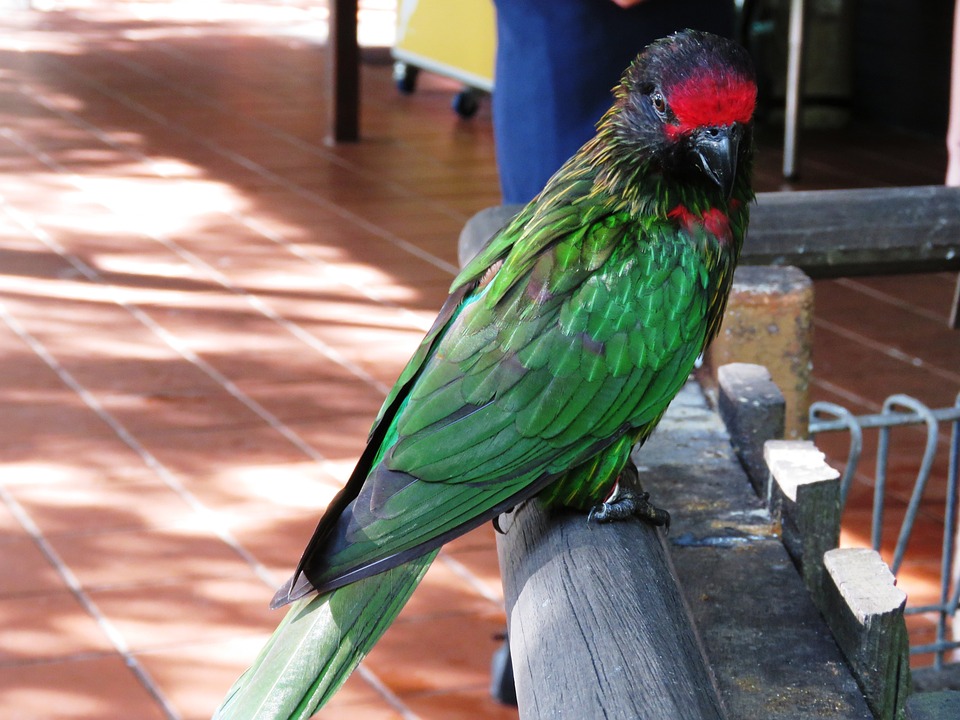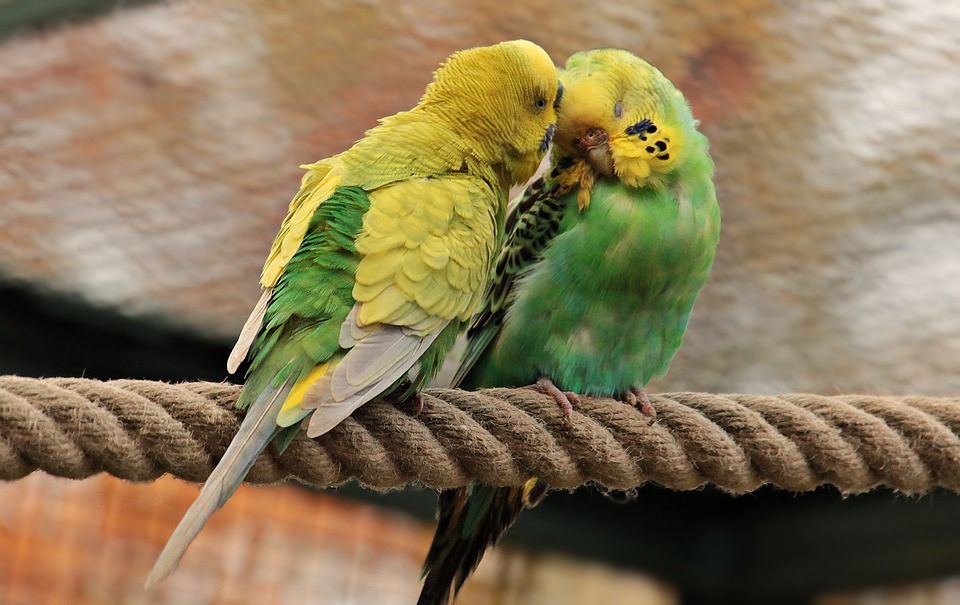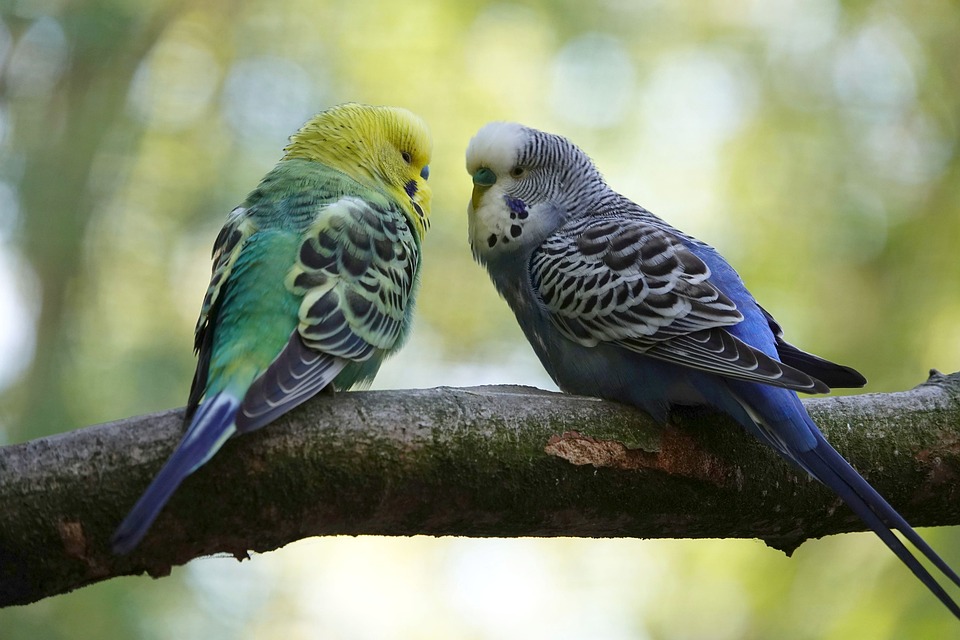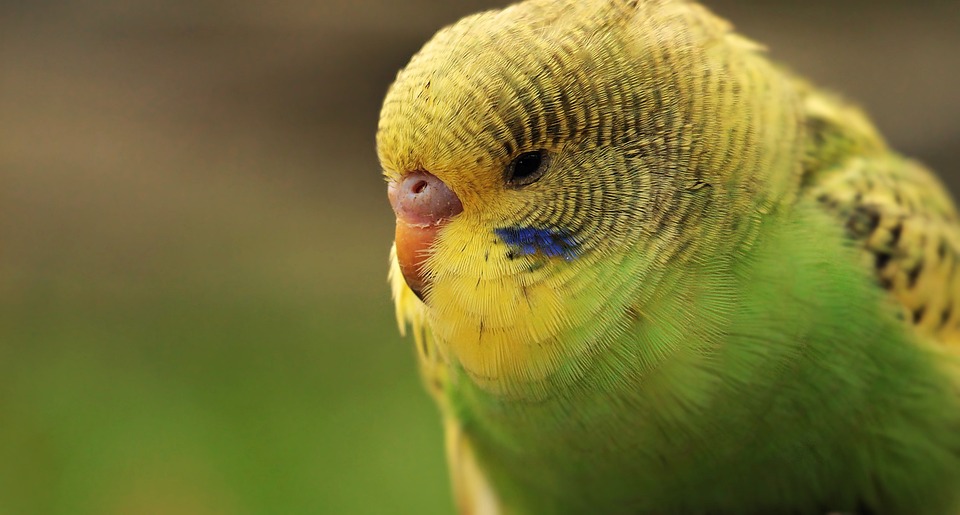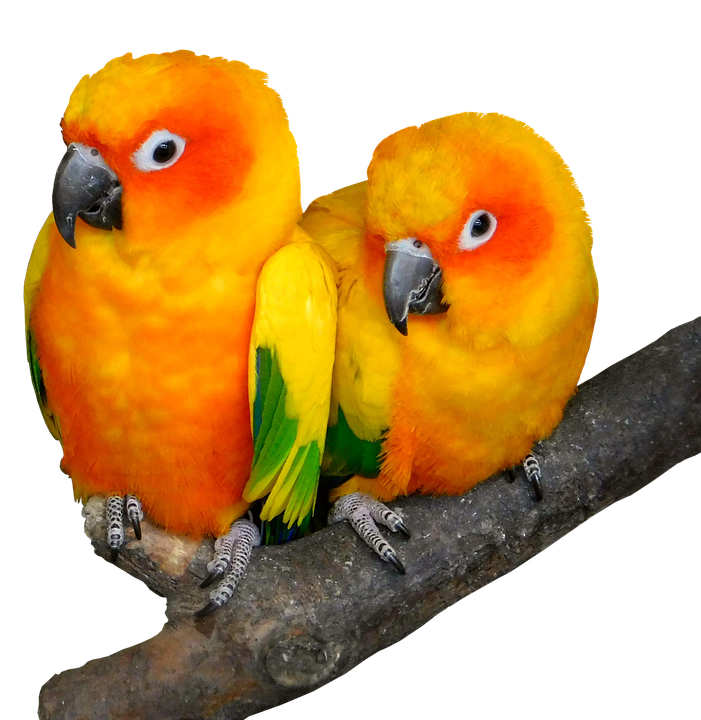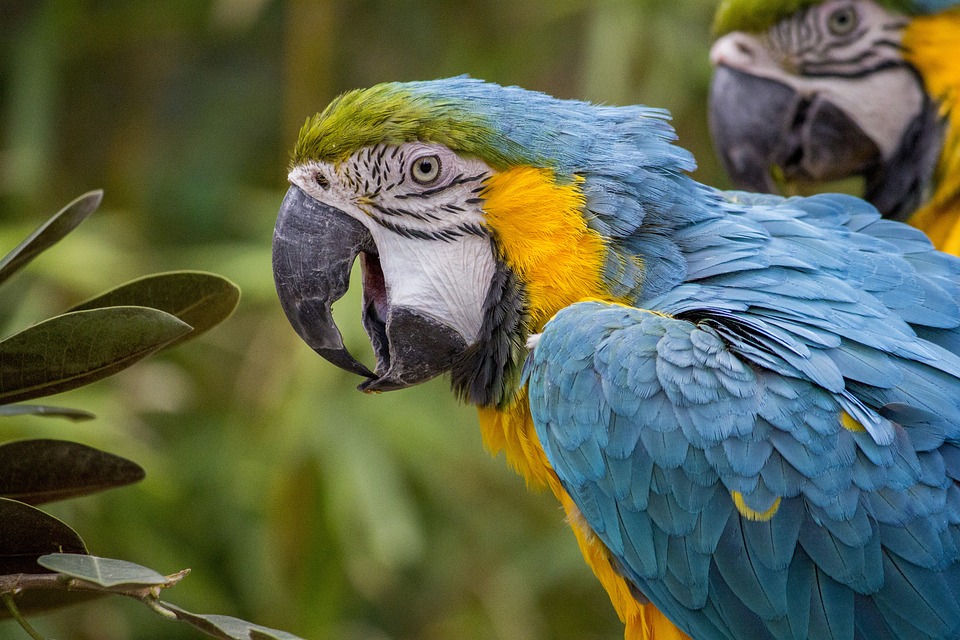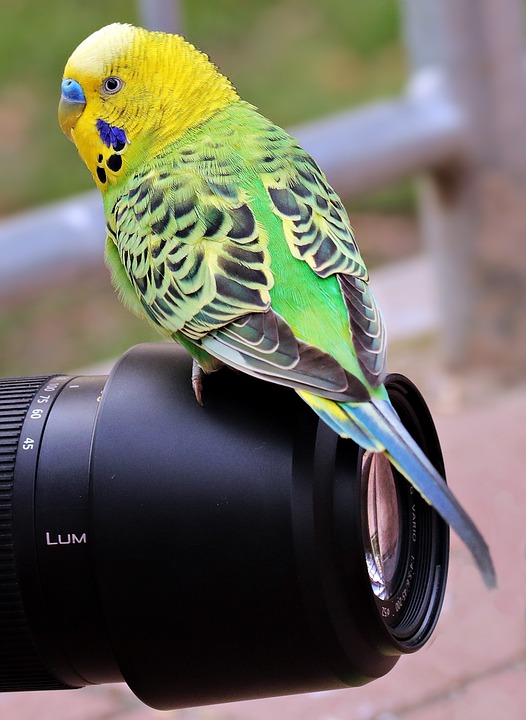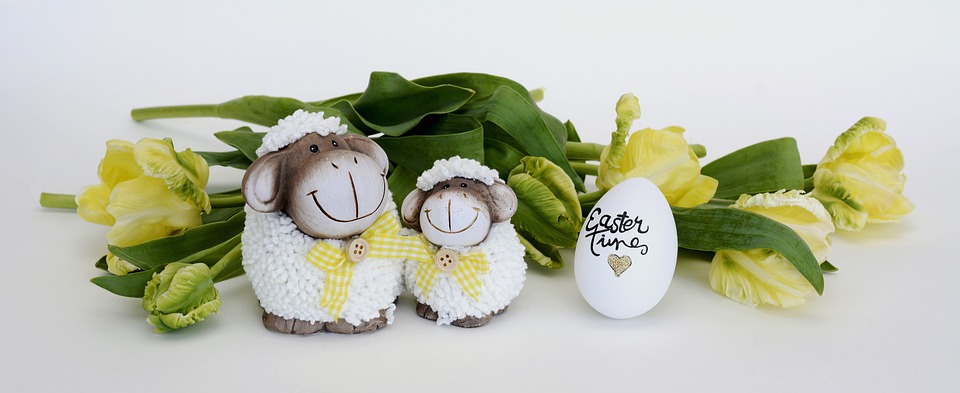Title: Encouraging Voluntary Interactions with Your Parrot: A Guide to Avoiding Forced Handling
Introduction:
Building a strong bond with your feathered friend is crucial for their well-being. Encouraging voluntary interactions and avoiding forced handling will not only enhance your parrot’s trust in you, but also contribute to their overall happiness and mental stimulation. In this article, we will delve into effective strategies that promote voluntary interactions while respecting your parrot’s boundaries.
Table of Contents:
1. Understanding Parrot Behavior
2. Creating a Safe and Enriching Environment
3. Building Trust through Positive Reinforcement
4. Reading Parrot Body Language
5. Practicing Patience and Consistency
6. Frequently Asked Questions (FAQs)
1. Understanding Parrot Behavior:
Parrots are highly intelligent and social creatures, with unique personalities and communication styles. Understanding their natural behaviors and instincts is fundamental to fostering voluntary interactions. Familiarize yourself with their species-specific traits, such as vocalizations, body language, and flock dynamics, to better comprehend their needs and preferences.
2. Creating a Safe and Enriching Environment:
Parrots thrive in environments that mimic their natural habitats. Provide them with a spacious cage, appropriate perches, and a variety of toys that encourage mental stimulation and physical exercise. Offering a diverse range of toys, such as puzzle toys and foraging toys, will keep your parrot engaged and motivated to interact with their surroundings.
3. Building Trust through Positive Reinforcement:
Positive reinforcement is a powerful tool for building trust and encouraging voluntary interactions. Use treats, praises, and favorite toys as rewards when your parrot displays desired behaviors. Gradually shape their behavior by rewarding incremental steps towards voluntary interactions, such as approaching you or stepping onto your hand. Avoid using force, as it can lead to fear and resistance.
4. Reading Parrot Body Language:
Learning to interpret your parrot’s body language is essential for understanding their comfort level and preferences. Observe their feathers, stance, eye dilation, and vocalizations to gauge their mood. For example, raised feathers, dilated pupils, and aggressive postures indicate stress or discomfort, while relaxed body language and gentle vocalizations indicate trust and contentment. Respond accordingly to ensure positive interactions.
5. Practicing Patience and Consistency:
Building a strong relationship with your parrot takes time and patience. Respect their boundaries and allow them to approach you at their own pace. Avoid sudden movements, loud noises, or overwhelming gestures that may frighten or stress them. Consistency in your approach and daily routine will provide a sense of security, enabling your parrot to feel more comfortable and open to voluntary interactions.
6. Frequently Asked Questions (FAQs):
Q1. How long does it take for a parrot to trust its owner?
Q2. Can forceful handling lead to aggressive behavior in parrots?
Q3. What should I do if my parrot refuses to interact voluntarily?
Q4. How can I prevent my parrot from biting during interactions?
Q5. Is it normal for my parrot to be more hesitant around new people?
Conclusion:
By understanding parrot behavior, creating a safe environment, using positive reinforcement, reading body language, and practicing patience, you can encourage voluntary interactions while avoiding forced handling. Remember that each parrot is unique, and building trust takes time. With care, consistency, and respect for their boundaries, you can foster a strong bond and enrich your parrot’s life.

